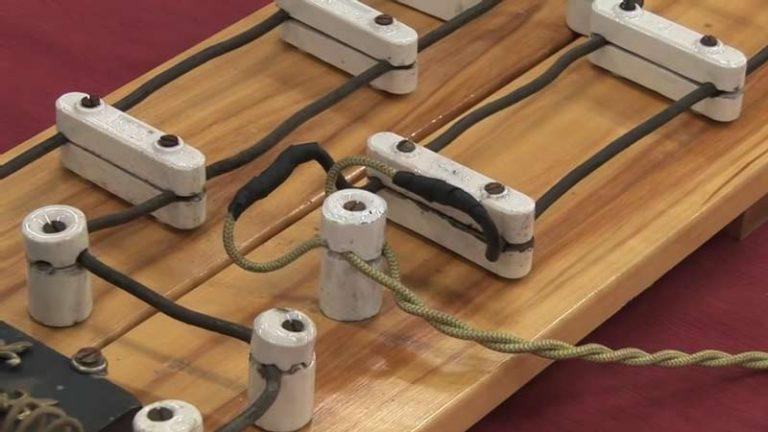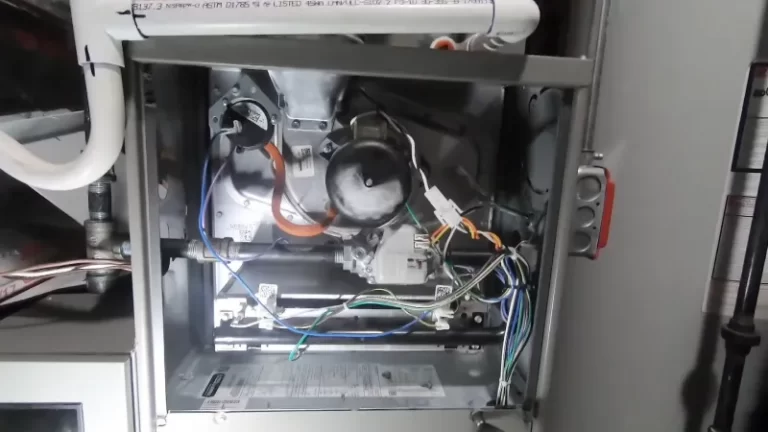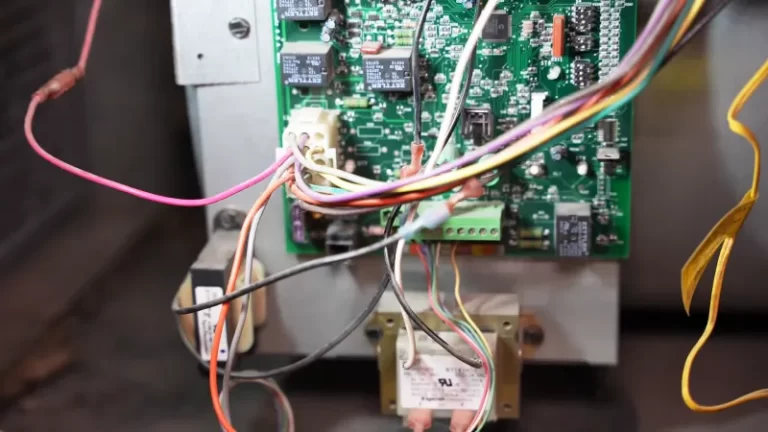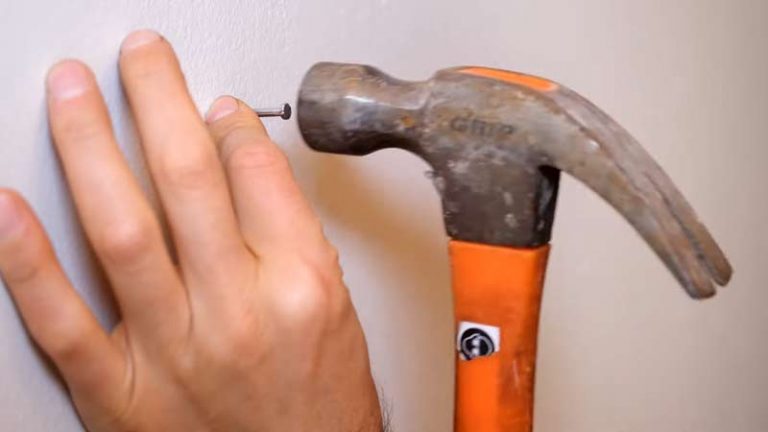Downed Cable Line? Here’s Exactly Who to Call (and Why It Matters)
It’s a sight that can stop you in your tracks: a thick, black line dangling ominously across your yard, driveway, or street. Your immediate thoughts might race from “Is that dangerous?” to “Who is responsible for this mess?” and, most importantly, “Who do you call for a downed cable line?”
That moment of uncertainty is a common problem. A fallen wire creates a hazard and cuts you off from essential services, but the correct course of action isn’t always obvious. This guide provides a clear, step-by-step plan to safely and efficiently handle a downed cable line.
You'll Learn About
First, STOP! Your Immediate Safety Checklist
Before you do anything else, your personal safety and the safety of others is the absolute top priority. Wires can be unpredictable and extremely dangerous, so you must act with caution.
Do Not Touch the Line
Never, under any circumstances, touch a downed wire. Even if you are certain it is a cable or phone line, you must not handle it. There is always a risk it could be in contact with a live power line somewhere down the road, making it energized and deadly.
This includes using objects like brooms, sticks, or poles to try and move it. Electricity can travel through many materials you might assume are safe, especially if they are damp.
Keep Everyone Away
Establish a safe perimeter around the downed line immediately. Experts recommend staying at least 35 feet away—roughly the length of a school bus. The ground itself can become energized and dangerous.
Warn your family, neighbors, and anyone passing by to stay clear of the area. Place a visible warning or barrier if you can do so without getting too close to the line itself.
Assume Every Downed Line is a Power Line
This is the golden rule of electrical safety. It is impossible to tell if a wire is carrying a lethal voltage just by looking at it. A line can be live even if it is not sparking, buzzing, or moving.
Until a qualified professional from a utility company tells you otherwise, treat every fallen wire as if it is a live power line. This simple assumption could save a life.
Is It a Power Line or a Cable Line? A Quick Guide
Knowing the difference between a power line and a communication line (cable, internet, or phone) helps determine the urgency and who to call. You can often distinguish them by their position on the utility pole.
Identifying a Power Line
Power lines are almost always located at the very top of the utility pole. They are thicker than other wires and are attached to the pole’s crossarms with ceramic insulators, which look like stacked discs or bells.
If you see a thick wire that has fallen from the highest point of the pole, it is critical to treat it as an immediate, life-threatening emergency.
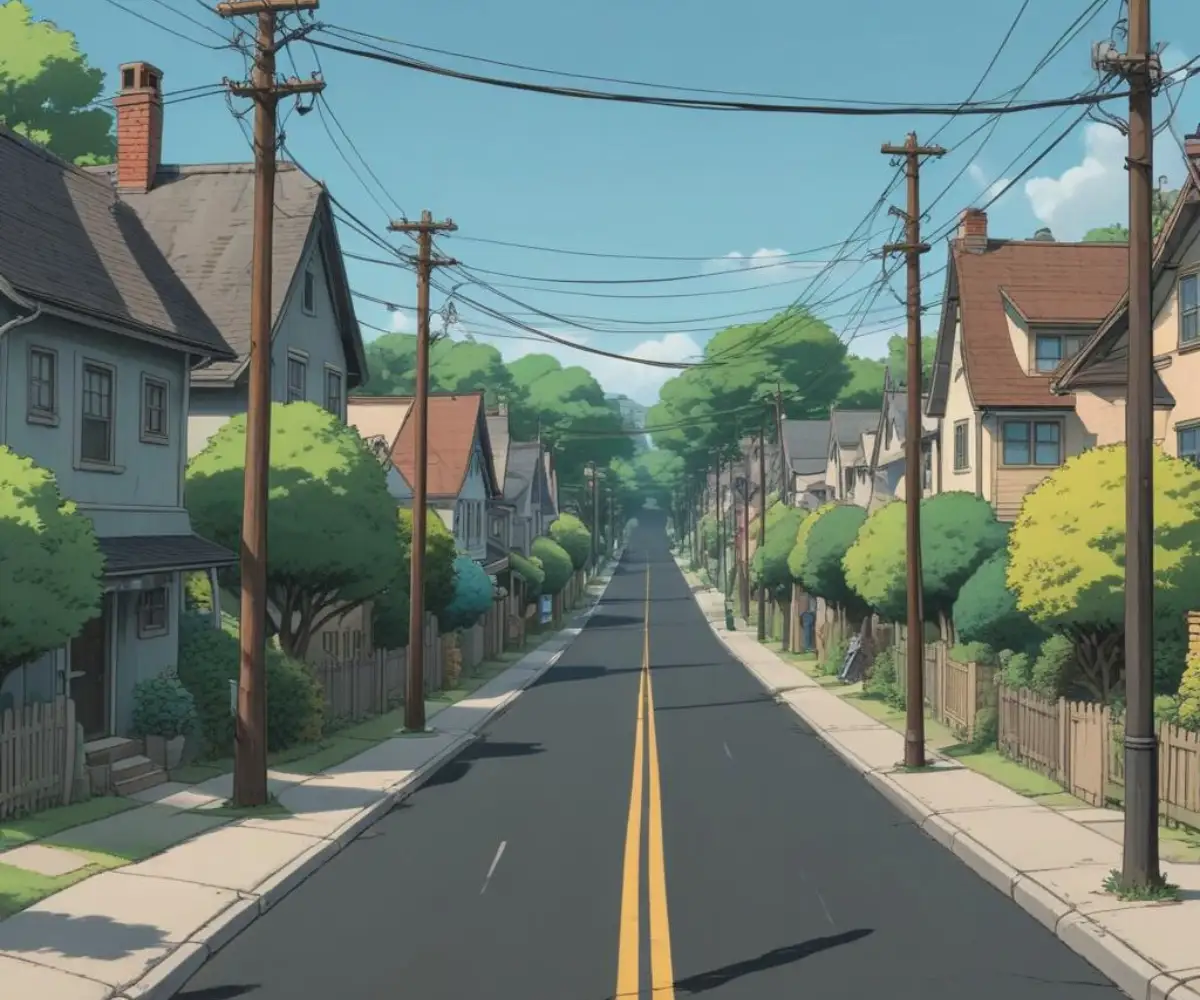
Identifying a Cable or Telecom Line
Cable, phone, and fiber optic lines are much thinner and are located on the lower section of the utility pole. They are typically bundled together and are not mounted on large ceramic insulators.
While still a potential hazard, a downed line from this lower section is more likely to be a communication line. However, remember the golden rule: assume it is live until proven otherwise.
You’ve Identified the Line: Now, Who Do You Call?
With a safe distance established and a preliminary identification made, it’s time to make the right call. Contacting the correct entity from the start will get the fastest and safest response.
This quick reference table can help you determine the best course of action based on the type of downed line you’re facing.
| Line Type | Appearance & Location | Primary Contact | Secondary Contact |
|---|---|---|---|
| Power Line | Thick wire, located at the top of the utility pole, attached with ceramic insulators. | 911 (Emergency Services) | Your Local Electric Utility Company |
| Cable Line (TV/Internet) | Thinner wire, located lower on the pole, often bundled with other communication lines. | The Cable Provider (e.g., Xfinity, Spectrum) | Non-emergency local authorities if it’s a traffic hazard. |
| Telephone/Fiber Line | Thin wire, often black or gray, located in the lower communication wire bundle. | The Phone/Fiber Provider (e.g., AT&T, Verizon) | Non-emergency local authorities if it’s a traffic hazard. |
| Unsure | Any downed wire you cannot positively identify. | 911 (Emergency Services) | Your Local Electric Utility Company |
If It’s a Power Line (Or You’re Unsure)
Call 911 immediately. A downed power line is a public safety emergency. Emergency responders can secure the area to prevent injuries while the electric company works to de-energize and repair the line.
After calling 911, you should also report the outage to your local electric utility. They are responsible for the repair and need to be aware of the specific location.
If You’re Certain It’s a Cable or Phone Line
If the line is clearly a communication wire and is not causing an immediate hazard like blocking a major road, the correct contact is the service provider. 911 should be reserved for life-threatening emergencies.
You will need to call the customer service or repair line for the company that owns the infrastructure. Common providers include Xfinity (Comcast), Spectrum (Charter), AT&T, and Verizon.
What If You Don’t Know the Provider?
Sometimes, it’s not clear which company owns the downed cable line, especially if you are not a customer. You can look for any tags or markings on the cable itself from a safe distance. If you cannot identify it, call the major cable and phone providers in your area to report it; they can usually determine if it’s their line.
Common Causes of Downed Cable Lines
Understanding why lines fall can help you be more aware of potential risks around your property. Several factors can contribute to a downed cable line, from natural events to human error.
Severe Weather and Storms
This is the most frequent cause. High winds can whip lines around, causing them to snap or detach. The weight of heavy ice or snow accumulating on wires can also be too much for them to bear, leading to breakage.
Trees and Falling Limbs
Trees are a major threat to overhead utility lines. During a storm, branches can break and fall onto the wires, pulling them down. In some cases, the entire tree may become uprooted.
This situation can become complicated, and it is important to know your rights and responsibilities. The issue of a neighbor’s tree on your power line, for instance, involves specific steps you must take to resolve the situation safely and legally.
Vehicle Accidents
It’s not uncommon for cars, trucks, or heavy equipment to strike a utility pole. The impact can easily snap the pole or dislodge the wires attached to it, causing them to fall into the roadway and surrounding areas.
Wear and Tear
Over time, the components that secure wires to poles and homes can degrade due to age and exposure to the elements. This gradual failure can eventually lead to a line breaking or detaching on its own.
What to Expect After You Make the Call
Once you’ve reported the downed line, a process is set in motion. Knowing what to expect can help you manage your expectations for how quickly the issue will be resolved.
The Triage Process
Utility companies must prioritize repairs based on public safety. Downed power lines will always receive the highest priority. Technicians will be dispatched immediately to address life-threatening situations.
Cable and phone lines, while important, are considered a lower priority. It may take longer for a crew to arrive for a communication line, especially during a widespread storm or outage event when resources are stretched thin.
Securing the Area
The first crew to arrive, whether it’s emergency services or a utility technician, will focus on securing the area. This may involve coning off the site, rerouting traffic, and ensuring the line is not an immediate threat.
The initial visit may not be for the final repair. The first responder’s job is often just to make the situation safe before a specialized repair crew can be dispatched.
The Repair Timeline
The time it takes to complete the repair can vary significantly. A simple reattachment might be done in a few hours. However, if a utility pole needs to be replaced or extensive damage has occurred, the repair could take a day or more.
Your Responsibilities vs. The Utility Company’s
It’s important to understand where the utility company’s responsibility ends and yours begins. Generally, the service provider is responsible for the line running from the main utility pole to the point where it attaches to your house. This is often called the “service drop.”
Any wiring from that attachment point into and throughout your home is typically the homeowner’s responsibility. Just as you’d want to know if professionals will be careful with your property—for example, do carpet installers cut carpet outside to avoid making a mess—understanding the demarcation point for utilities clarifies who is responsible for what repair.
Proactive Steps and Home Maintenance
While you can’t prevent every accident, some proactive maintenance can reduce the risk of downed lines on your property. A little foresight can go a long way in keeping your services connected and your property safe.
Regularly inspect any trees on your property for dead or dying branches that hang over or near utility lines. Consider hiring a professional arborist for trimming, as working near wires is extremely dangerous.
Proper home maintenance, like keeping your gutters clear, also plays a role. Blocked gutters can lead to ice dams in the winter, and the weight of the ice can pull on the service drop where it attaches to your roofline. Simple DIY tools can make this easier; you might even wonder how to make a gutter cleaner out of PVC pipe for a cost-effective solution.
Frequently Asked Questions (FAQs)
Many homeowners have similar questions when faced with a downed line. Here are answers to some of the most common concerns.
Is a downed cable line dangerous?
Yes, potentially. While it doesn’t carry high voltage on its own, it can become energized if it comes into contact with a power line. Always treat it as if it is live and dangerous.
Can I get electrocuted by a cable line?
It is very unlikely under normal circumstances. However, the risk of electrocution is real if the cable line is touching a damaged power line. This is why you must never touch any downed wire.
Will the cable company charge me for the repair?
Typically, no. If the damage is to the service drop line that the company owns and maintains, the repair is usually done at no cost to you. Charges may apply if the damage is to equipment you own or to the wiring inside your home.
How long will it take to get my internet/TV back?
This depends entirely on the cause and scale of the problem. A single downed line to your home may be fixed relatively quickly, but during a major storm, you could be without service for several days as crews work to restore the wider network first.
Can I just move the cable line out of my driveway myself?
Absolutely not. Do not attempt to move, roll up, or alter the wire in any way. Wait for a trained professional to handle the situation safely.
Conclusion: Stay Safe, Stay Informed
Discovering a downed cable line can be unnerving, but you now have the knowledge to handle it with confidence. The key takeaways are simple but crucial: prioritize safety above all else, keep a significant distance, and always assume a downed wire is live.
By correctly identifying the line and contacting the appropriate authorities—911 and the electric company for power lines, and the service provider for communication lines—you can ensure a swift and safe resolution. This calm, informed approach will protect you and your community while getting your essential services restored as quickly as possible.

